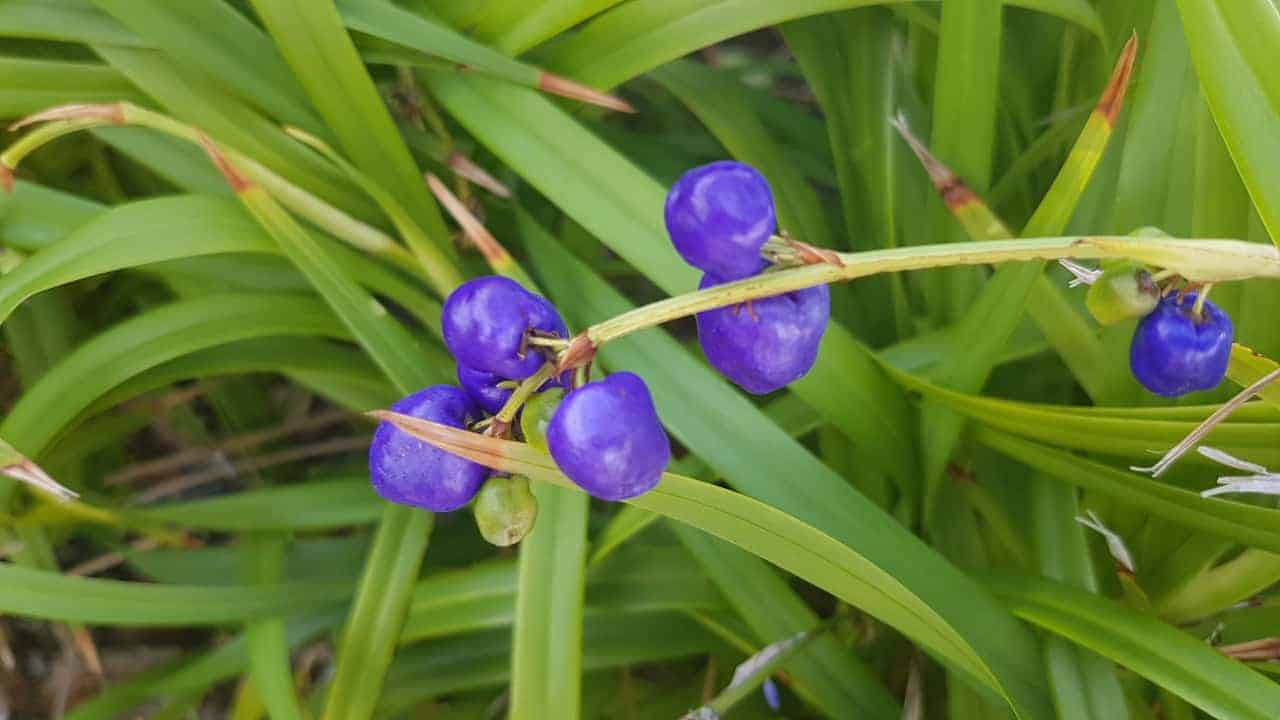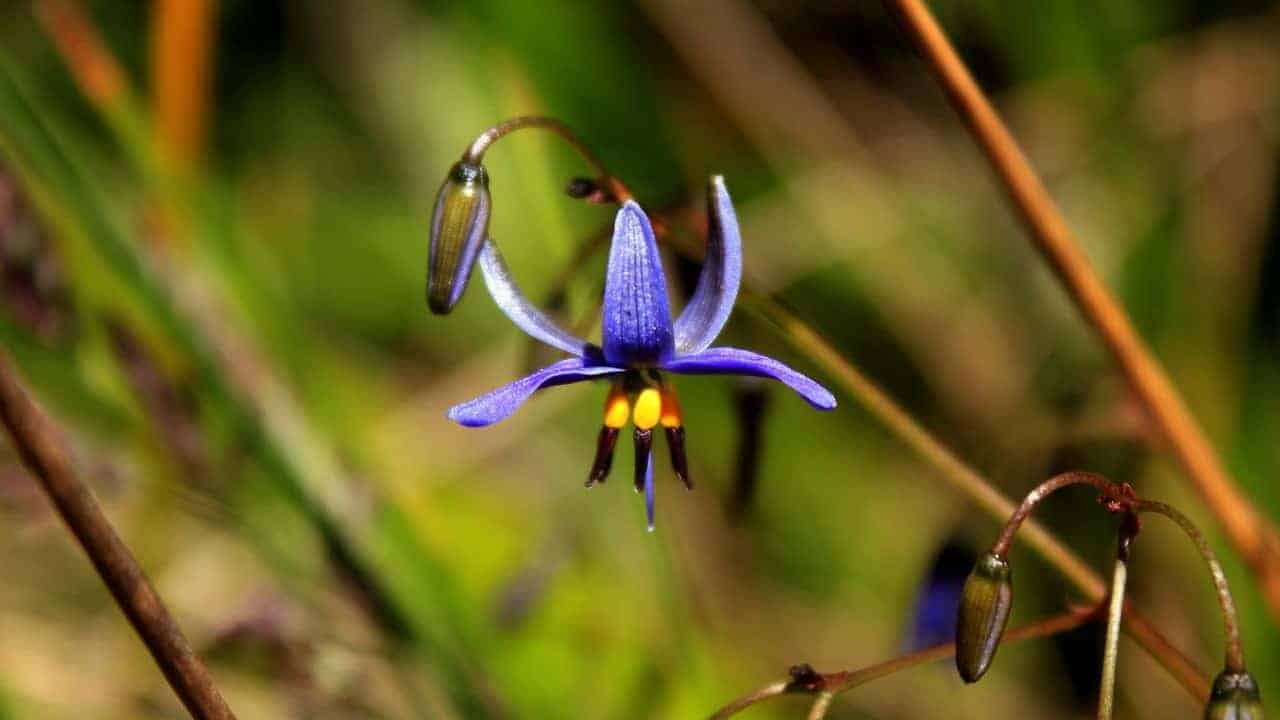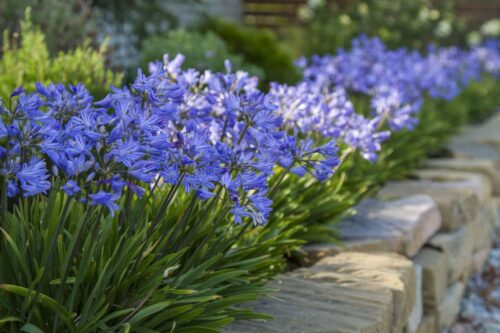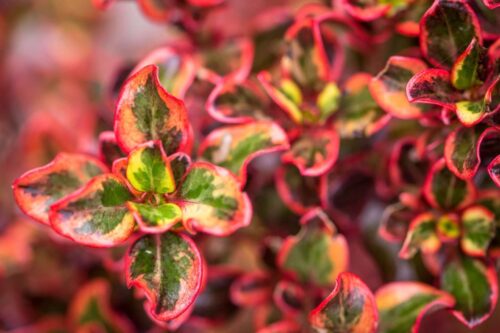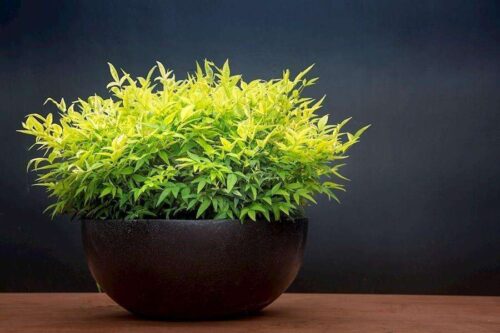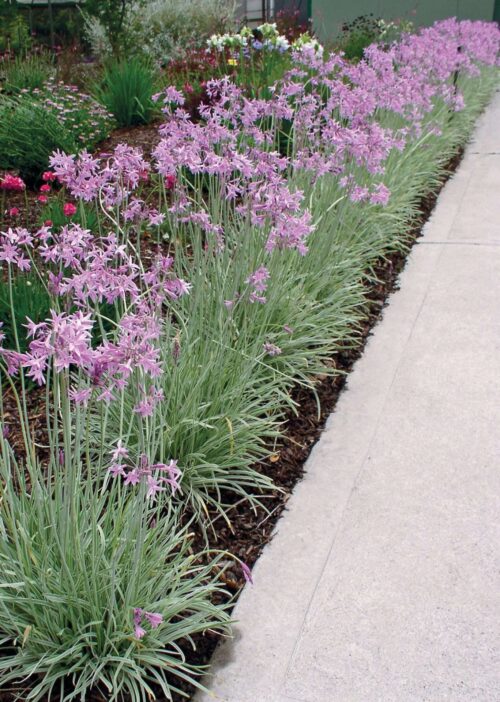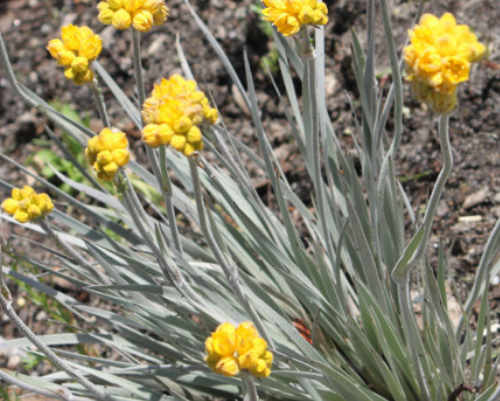





From the fabulous Tucker Bush range, Blueberry Lily produces edible blue berries with tiny, nutty seeds, and firm, strappy leaves that were traditionally used for cord and string. Dianella is a popular genus for modern domestic gardens. Chances are, you’ll have seen this plant, or ones just like it, growing throughout temperate and sub-tropical suburbia. But in the wild, you’ll find it in the sclerophyll forests, woodland and mallee regions in southwest WA and other Australian states, except for the Northern Territory.
Fruits are sweet, blue-purple berries ranging from 4–10mm in diameter, containing a few tiny, nutty-flavoured seeds. These may be enjoyed fresh or cooked in sweet or savoury dishes, while the plant root can be pounded and roasted for eating. Blueberry Lily was traditionally used as a tea ingredient in Aboriginal medicine — both root and leaf were used to remedy colds and headaches, respectively. A word of caution: not every Dianella species produces berries that are safe for human consumption — but don’t worry, this Blueberry Lily is palatable variety that’s suitable for eating in moderation.
In Spring and Summer, small, unique looking flowers sit at the tips wiry stems above the tufted foliage. Their six blue-lilac petals curl backward, while yellow and brown filaments and anthers spray the other way — a sight to behold, with each flower lasting only a day. After flowering Blueberry Lily berries can last for weeks on the stem. We recommend harvesting the last of these before the end of Autumn when the fruit turns dark blue.
This species is a very hardy evergreen, adapted to a wide range of growing conditions. It’s generally free from pests and diseases, resistant to drought and frost, and recovers quickly from fire. For best results, we don’t recommend setting your Blueberry Lily alight, but instead planting it in full sun or part shade, in a freely draining, nutrient-rich soil.
Like other Dianella varieties, the clumping, strap-leaved Blueberry Lily looks best in ornamental mass plantings, rockeries, narrow spaces, or as a textured understory around large trees.
Aboriginal name(s):
- Mangar (Noongar)
| Pot Size |
|---|

